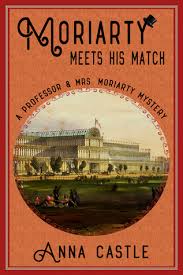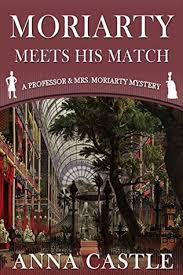IMDb meta-data is runtime of 1 hour and 2 minutes, rated 5.9 by 290 cinematizens.
Genre: krimi
Verdict: Woof!
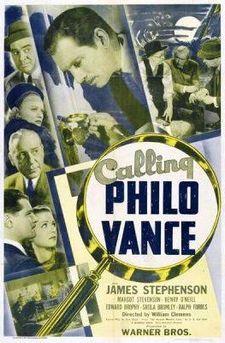
The dogs have been replaced by the design of a warplane, but much else is word-for-word of The Kennel Murder Case (1933). In recognition of its original two dogs feature in this version.
After twice-over befuddling the inept secret police of an unnamed foreign power Philo (autocorrect insists that he is ‘Photo,’ regrettably we know better), Philo returns to the Big Apple to thwart the nation’s Republican enemies on home soil.
While in the European power’s inner sanctum he had learned that the plans of a top hush Yankee warplane were already on file there. How did they get there? Can we close the barn door now that Pegasus has bolted? ‘Do we care,’ chorussed the fraternity brothers on the way to the beer refrigerator in a well-worn path?
This rather brash and energetic incarnation of Philo inserts himself into the household of the aircraft owner and designer only to find him dead – three times over. He was clubbed, stabbed, and shot. This is a man with enemies. Was he a dean?
Suspicion falls with a thud on the victim’s errant brother who is nowhere to be found until, thanks to one of the dogs, someone opens the hall closet. Thump. Body number two.
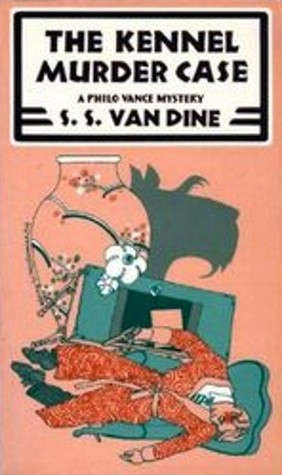
Not to worry, Philo sorts through it all. The jilted girlfriend, the grasping sister, the fiancée, the ever-present butler, the next door neighbour and her dog, his own dog, his buffoon sidekick who is stuck with some terrible lines but mans-up for them, and others now forgotten.
In the great tradition, the least likely suspect did it as revealed in a final punch-up.
Among the cognoscenti there are those that claim to prefer the 1933 original in which Philo was played by William Powell, who finally learned his lesson and never did that again. Me, I am agnostic on this important question, at least until I can watch The Kennel Murder Case (1933) again. N.B. I tried reading it and found it so mannered, laboured, forced, and fey that I stopped when the Kindle sample ended, leaving me a wiser and happier man.


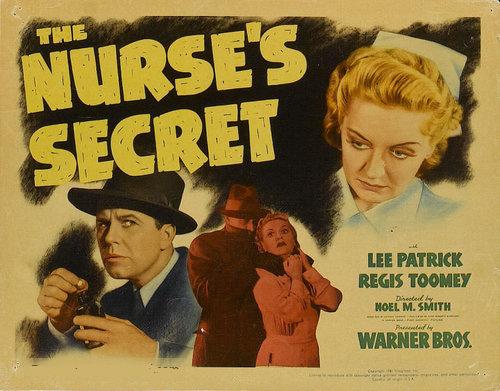
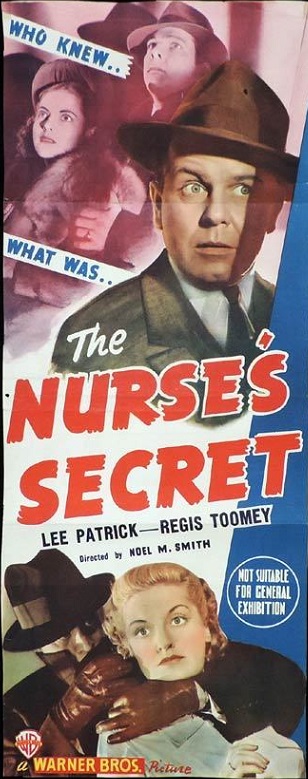




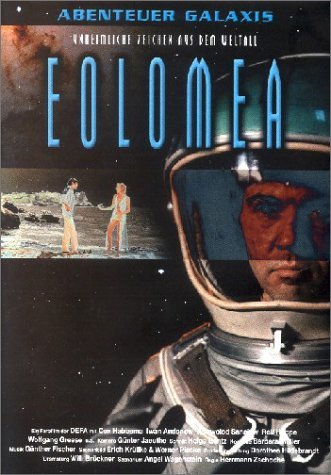






![Comrade Detective (2017 [1983?])](https://theory-practice.sydney.edu.au/wp-content/uploads/2020/04/download-1-2.jpeg)









